What does minimally invasive surgery involve?
Minimally invasive surgery is the use of special instruments and techniques to reduce the size of the incisions to perform an operation. It usually refers to laparoscopy and thoracoscopy, which are techniques using ‘key holes’ in the tummy and chest, respectively. These techniques use a thin camera (3 or 5mm in diameter) and stick-like surgical instruments (3mm in babies) to go inside the tummy or chest to perform the operation. The camera transmits an good quality image in a screen that the surgeon is watching all the time to perform the surgery. With two more key holes the surgeons uses different types of fine instruments to cut, hold, pull, separate and stitch tissues together. At the end of the surgery the child will have tiny scars, minimal pain and a quicker discharge home compared to traditional surgery.
Written by: Stefano Giuliani
Written on: 05.09.18
 Minimally invasive surgery in children
Minimally invasive surgery in children
Minimally invasive surgery is the use of special instruments and techniques to reduce the size of incisions when performing an operation. It usually refers to laparoscopy or thoracoscopy, which are techniques using ‘keyholes’ in the tummy and chest, respectively.

When do children need minimally invasive surgery?
Expert surgeons can use minimally invasive surgery for every operation. I am an expert neonatal and paediatric minimally invasive surgeon and these are some of the operation I routinely do with key holes:
- Inguinal hernia repair
- Acute appendicitis
- Hypertrophic pyloric stenosis (projectile vomiting in babies)
- Varicocele (dilated veins in the testis)
- Neonatal surgery (oesophageal atresia, duodenal atresia, congenital diaphragmatic hernia)
- Anti-reflux surgery (Nissan fundoplication)
- Achalasia surgery (Heller-Dor miotomy)
- Chest operations
What should I look for when choosing a surgeon for my child?
It is really important to choose a surgeon with high skills in minimally invasive surgery. First the surgeon has to prove a specialist training in key holes surgery. Then you should understand how many key holes operations the surgeon has performed on a specific condition and how many procedures the surgeon is performing weekly. In my case, I perform most of the operations I carry on with minimally invasive surgery and I have hundreds of routine and complex operations done every year.
"We cannot thank Mr Giuliani enough for the special care and expertise he has given to our 2-year-old Son who recently had laparoscopic surgery for a hiatal hernia and gastro-oesophageal reflux. Both Stefano and Helen (his lovely secretary) were professional and supportive throughout the procedure and our Son is now making a fantastic recovery. Thank you so much again."

Get in Touch
 Video consultations available -
Video consultations available - 